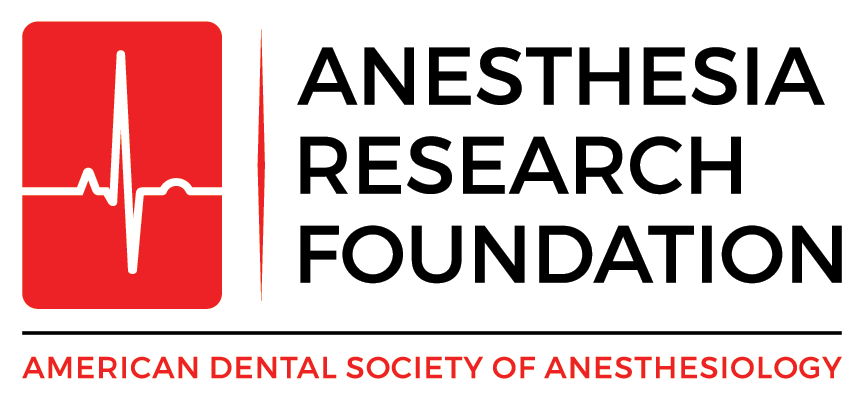Introduction
Safety checklists originated from the military aviation industry in the 1930s following the crash of the prototype of the B-17 Flying Fortress. Powered flight had become increasingly complex; so much so that it was easy for pilots for overlook or forget critical steps that lead to disasters. Having a checklist eliminated the risk of pilots forgetting one or more of these critical steps and drastically improved aviation safety.
Studies show that memory worsens during periods of stress and critical steps in the management of rare events often get overlooked. As a result, checklists have become integrated into many industries and professions including nuclear power, aviation, and medicine. Checklists serve as cognitive aids during rare crisis events and guide individual actions during the management of that crisis.
The World Health Organization pioneered the use of checklists during surgery more than 10 years ago. Stanford and Harvard Universities have since published emergency cognitive aid manuals for operating room crisis management.
This manual and electronic application is the first cognitive aid resource for dental practitioners providing office-based anesthesia and sedation care and was funded through a grant from the American Dental Society of Anesthesiology's Anesthesia Research Foundation.
The Ten Minutes Saves A Life! Manual and Application is divided into sections containing common critical events seen during dental office-based anesthesia and sedation. The algorithms vary with the training level of the provider and are meant to guide management of the crisis during the first 10 minutes until emergency medical services arrives. Drug doses are taken from multiple sources including drug package inserts and authoritative texts. They are automatically populated into the algorithms once the weight of the patient is entered.
In addition to use during an actual crisis events, this cognitive aid is also intended for use during office team mock practice drills of crisis resource management. The Anesthesia Research Foundation Working Group sincerely hopes this manual and electronic application will contribute to patient safety in dentistry.
Anesthesia Research Foundation Working Group
Jason Brady, DMD Co-chair
Andrea Fonner, DDS Co-chair
Joseph Creech DDS Steven Ganzberg, DMD
Morton Rosenberg, DMD James Phero, DMD
Ken Reed, DMD Paul Schwartz, DMD Roy Stevens, DDS
Provider Categories
Level I: General/specialty dentist using only local anesthesia or nitrous oxide/oral minimal/oral moderate sedation
Level II: General/specialty dentist can urgently initiate IV access but does not provide deep sedation/general anesthesia (provides IV moderate sedation routinely). Provider is current in BLS. May be current in ACLS and/or PALS.
Level III: Dentist providing deep sedation/general anesthesia. Provider is current in BLS and ACLS and/or PALS.
AAPD: American Academy of Pediatric Dentistry
ABC: airway-breathing-circulation
ACLS: advanced cardiac life support
AED: automated external defibrillator
Anti-HTN: antihypertensive
BLS: basic life support
BP: blood pressure
BPM: beats per minute
BrPM: breaths per minute
BVM: bag valve mask
CHF: congestive heart failure
CPR: cardiopulmonary resuscitation
Continual: repeated regularly and frequently in a steady succession
Continuous: prolonged without interruption
DBP: diastolic blood pressure
ECG/EKG: electrocardiogram
ED: emergency department (room)
EMS: emergency medical services
ETCO2: end-tidal carbon dioxide
ETT: endotracheal tube
ga: gauge
HR: heart rate
IM: intramuscular
IN: intranasal
IV: intravenous
kg: kilograms
q: given at interval (i.e. q 5 min)
LMA: laryngeal mask airway
m: minute
MAP: mean arterial pressure
MAX: maximum dose
mcg: microgram
mg: milligram
MHAUS: Malignant Hyperthermia Association of the United States
mmHg: millimeters of mercury
NEB: nebulized
NSR: normal sinus rhythm
PALS: pediatric advanced life support
PEA: pulseless electrical activity
Pediatric: younger than 13 years and/or less than 50 pounds (23 kg)
PCP: primary care provider
PO: by mouth
PRN: as needed
Push: given rapidly
SBP: systolic blood pressure
SL: sublingual
SpO2: oxygen saturation of arterial blood as measured by pulse oximetry
Supraglottic airway: An oral passageway that facilitates unobstructed access of respiratory gases to the
glottic opening by displacing soft tissue and sealing off the laryngeal area i.e. i-gel or LMA
Triple Airway Maneuver: head tilt-chin lift-jaw thrust
Vagal Maneuver: simple maneuver that stimulates the vagus nerve sometimes resulting in slowed
conduction of electrical impulses through the atrioventricular (AV) node of the heart i.e. bearing
down, ice cold wet towel to face, coughing, or gagging
VF: ventricular fibrillation
VT: ventricular tachycardia
w/in: within
American Society of Anesthesiologists Physical Status Classification System
ASA I: A normal healthy patient i.e. non-smoker, no or minimal alcohol use.
ASA II: A patient with mild systemic disease i.e. mild diseases only without substantive functional limitations. Examples include (but not limited to): current smoker, social alcohol drinker, pregnancy, obesity (BMI 30-40), well-controlled DM/HTN, mild lung disease.
ASA III: A patient with severe systemic disease i.e. substantive functional limitations; one or more moderate to severe diseases. Examples include (but not limited to): poorly controlled DM or HTN, COPD, morbid obesity (BMI ≥40), active hepatitis, alcohol dependence or abuse, implanted pacemaker, moderate reduction of ejection fraction, ESRD undergoing regularly scheduled dialysis, history of MI, CVA, TIA, or CAD/stents (>3 months).
ASA IV: A patient with severe systemic disease that is a constant threat to life. Examples include (but not limited to) recent MI, CVA, TIA, or CAD/stents (<3 months), ongoing cardiac ischemia or severe valve dysfunction, severe reduction of ejection fraction, sepsis, DIC, ARD or ESRD not undergoing regularly scheduled dialysis.
ASA V: A moribund patient who is not expected to survive without the operation. Examples include (but not limited to) ruptured abdominal/thoracic aneurysm, massive trauma, intracranial bleed with mass effect, ischemic bowel in the face of significant cardiac pathology or multiple organ/system dysfunction.
